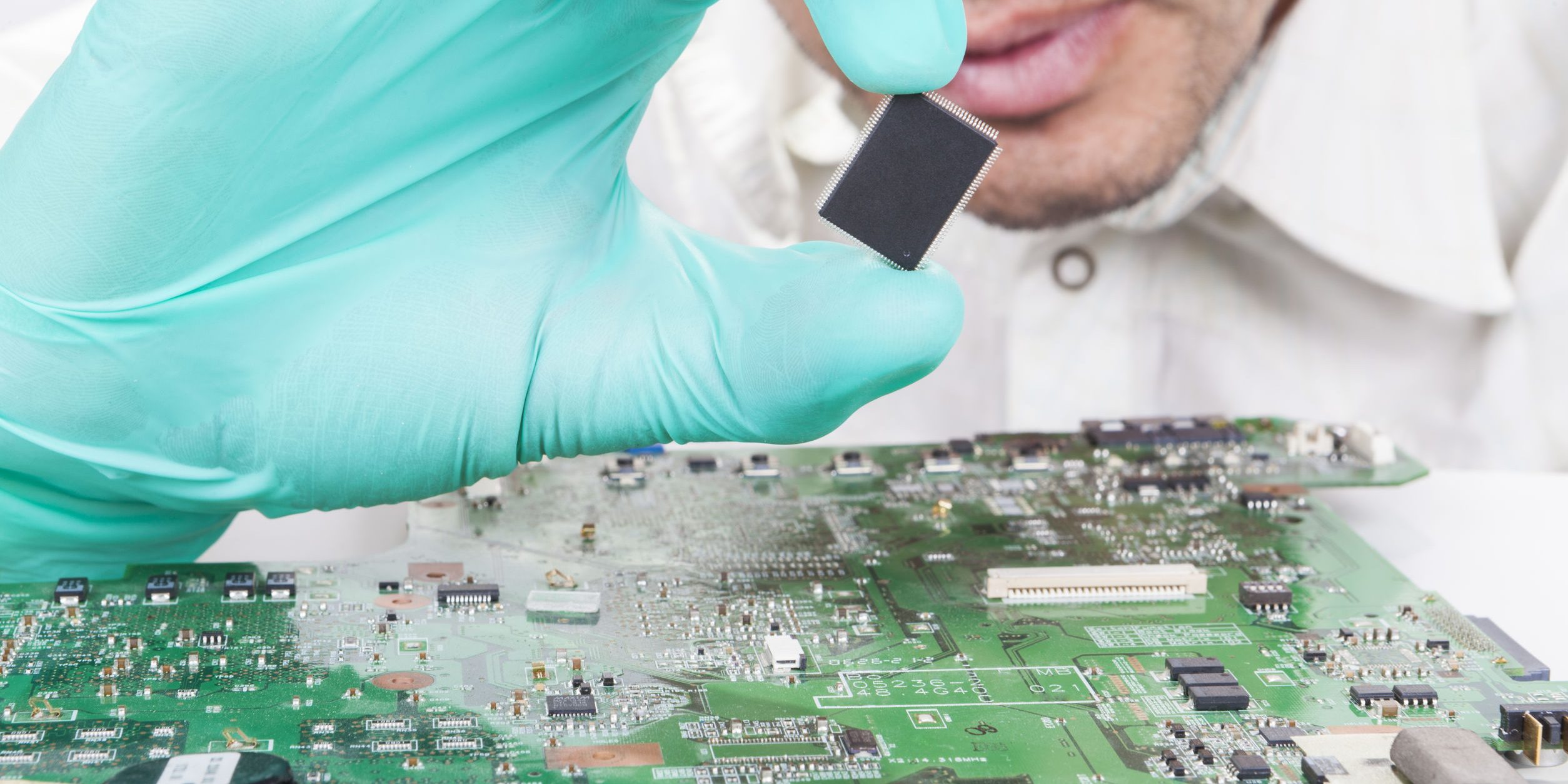While the world continues to recuperate from the effects of the COVID-19 pandemic, electronics manufacturers and electronic training institutes have adjusted. They are now looking toward the industry’s future, which consists of technological trends leaning toward health care.
This article will look further into the future of digital health and how electronics manufacturing training can help EMS companies meet their growing demands. First, we’ll take a look at the needs of the current digital health space.
Modern Requirements of Medical Health
The COVID-19 pandemic, though devastating, has steered the electronics manufacturing industry towards a much-needed transformation in digital healthcare, pushing EMS companies to develop technological tools not just for treatment, but more importantly, prevention and early intervention.
Modern needs of medical health care demand devices to be smaller, lighter in weight, and at the same time, more functional. These needs will push EMS companies to evolve not just in their manufacturing services but also in product design, welcoming a new wave of trends in digital health such as the following:
On-Demand Healthcare
Because of their busy schedules, consumers soon would want to schedule their healthcare access at their convenience. With that need comes the demand to go mobile, as statistics show that in the second quarter of 2020, half of the web traffic worldwide comes from mobile browsing, 51.53 % to be exact.
How mobile web browsing relates to on-demand health care is in the way of obtaining medical information online, such as researching doctors, hospitals/medical facilities, and booking medical appointments. Mobility links doctors and medical facilities to their clients more quickly and conveniently from a mobile device.
What this means for EMS companies is increased demand to manufacture mobile devices as forecasts suggest that the number of mobile users all over the world is expected to rise from 6.95 billion this year to 7.1 billion by 2021.
Wearable medical devices
Patients are now focusing on prevention and maintenance of their health, thus requiring up to date access to information about their health at all times.
Healthcare companies invest more in wearable technology devices to monitor high-risk patients and calculate an emergency’s likelihood with features such as heart rate sensors, exercise trackers, and sweat meters to monitor blood sugar levels. Wearable medical devices make each patient’s healthcare experience more personal as it allows them to be proactive in improving their health.
Conclusion
There’s no denying that digital health care is booming and shows no sign of slowing down. This digital health technologies market report states that its market value is expected to rise from 44.32 billion in 2018 to 62.07 billion USD by 2026. But this growth brought about by a radical industry transformation doesn’t come without challenges, especially in maintaining the supply chain, and both EMS and OEMs are finding it hard to keep up with this booming market.
As with any business, your objective is to create products and services to keep up with the needs of your end consumer and improve their lives even by a little bit. That’s become even more vital in this era of the coronavirus pandemic and moving forward post covid-19, developing high-quality electronics to support the new trends in digital health. And with that in mind, you must partner with a credible electronic training institute.
Sign up your staff for electronics manufacturing training, elevate your company over your competition in the electronics market, and contribute to the digital health space boom.






